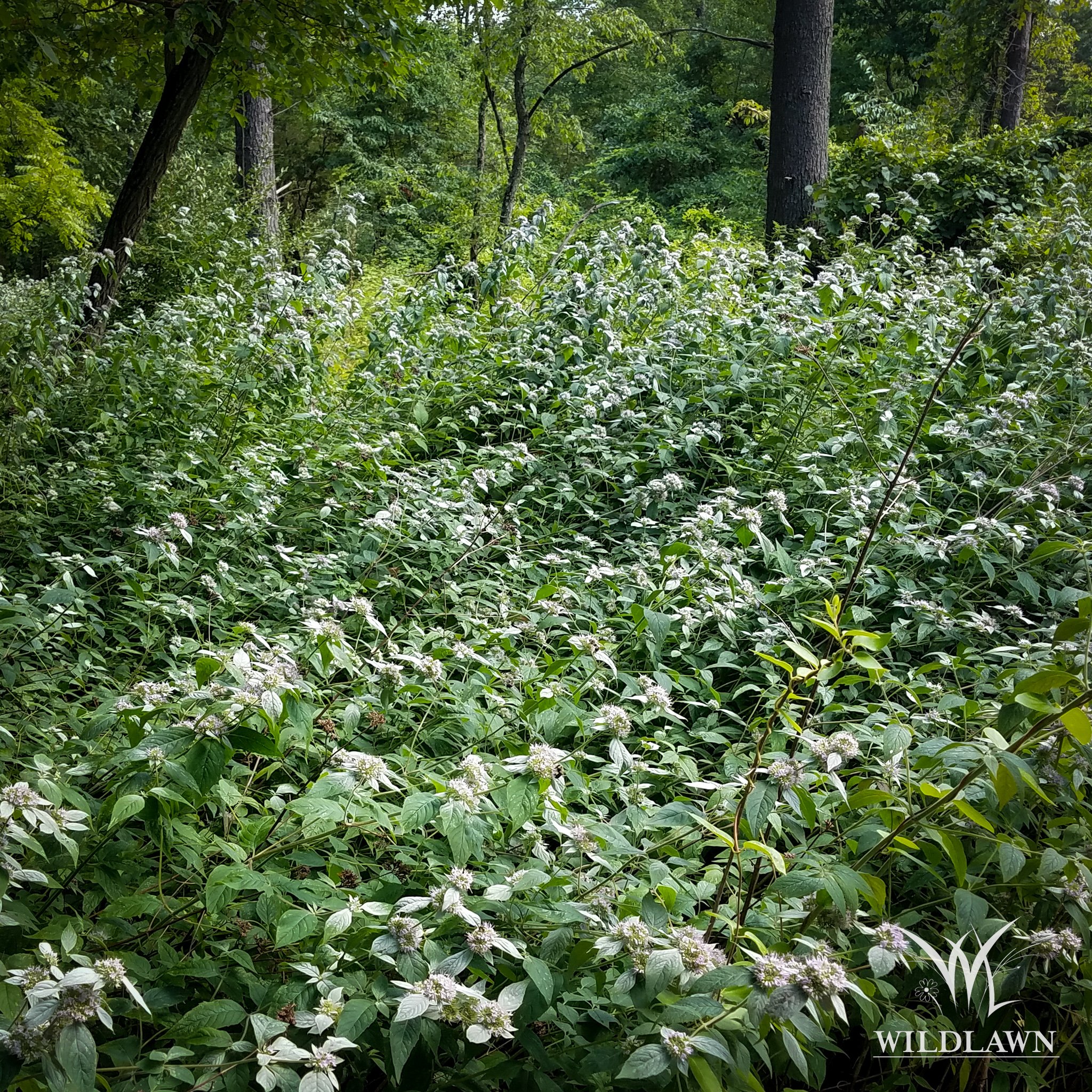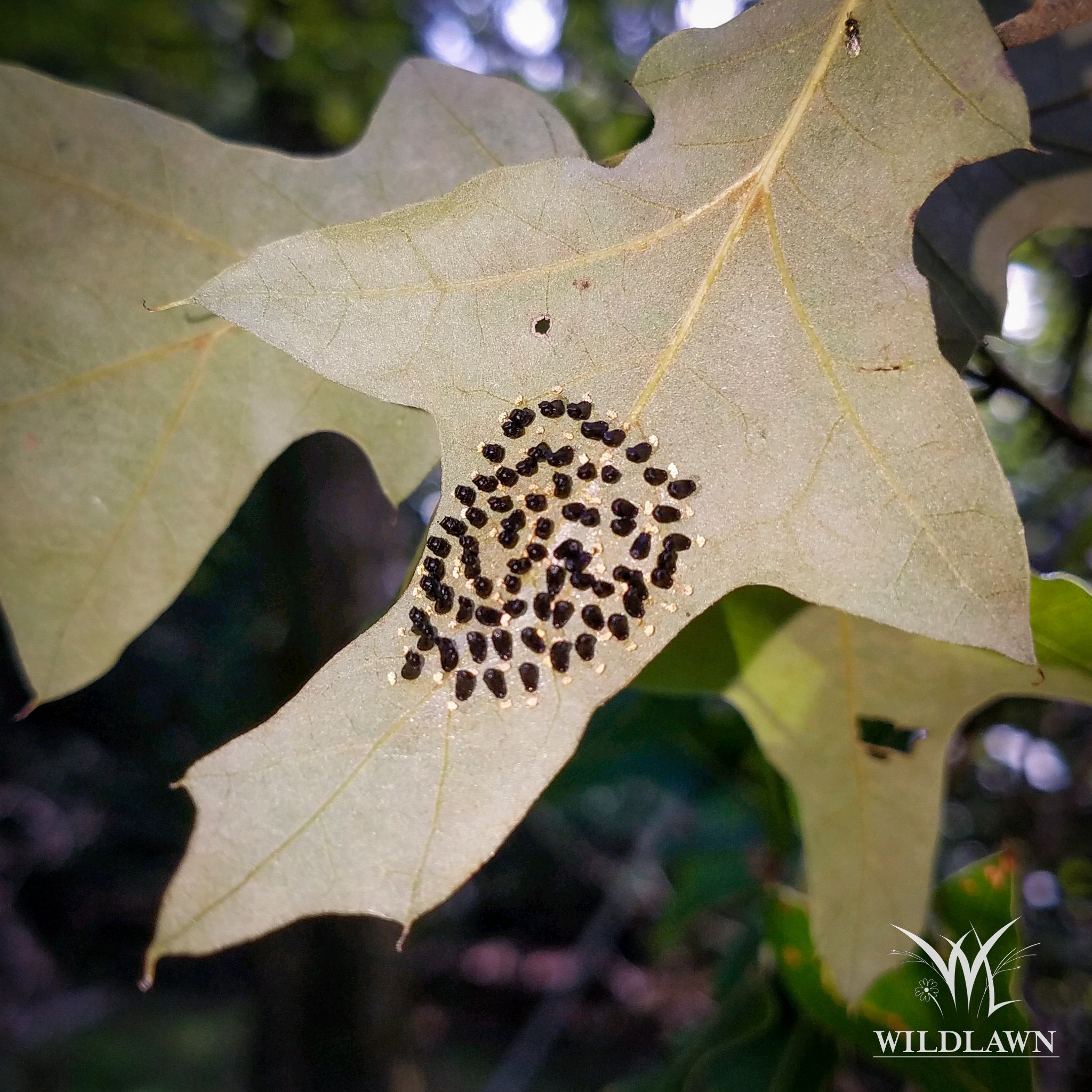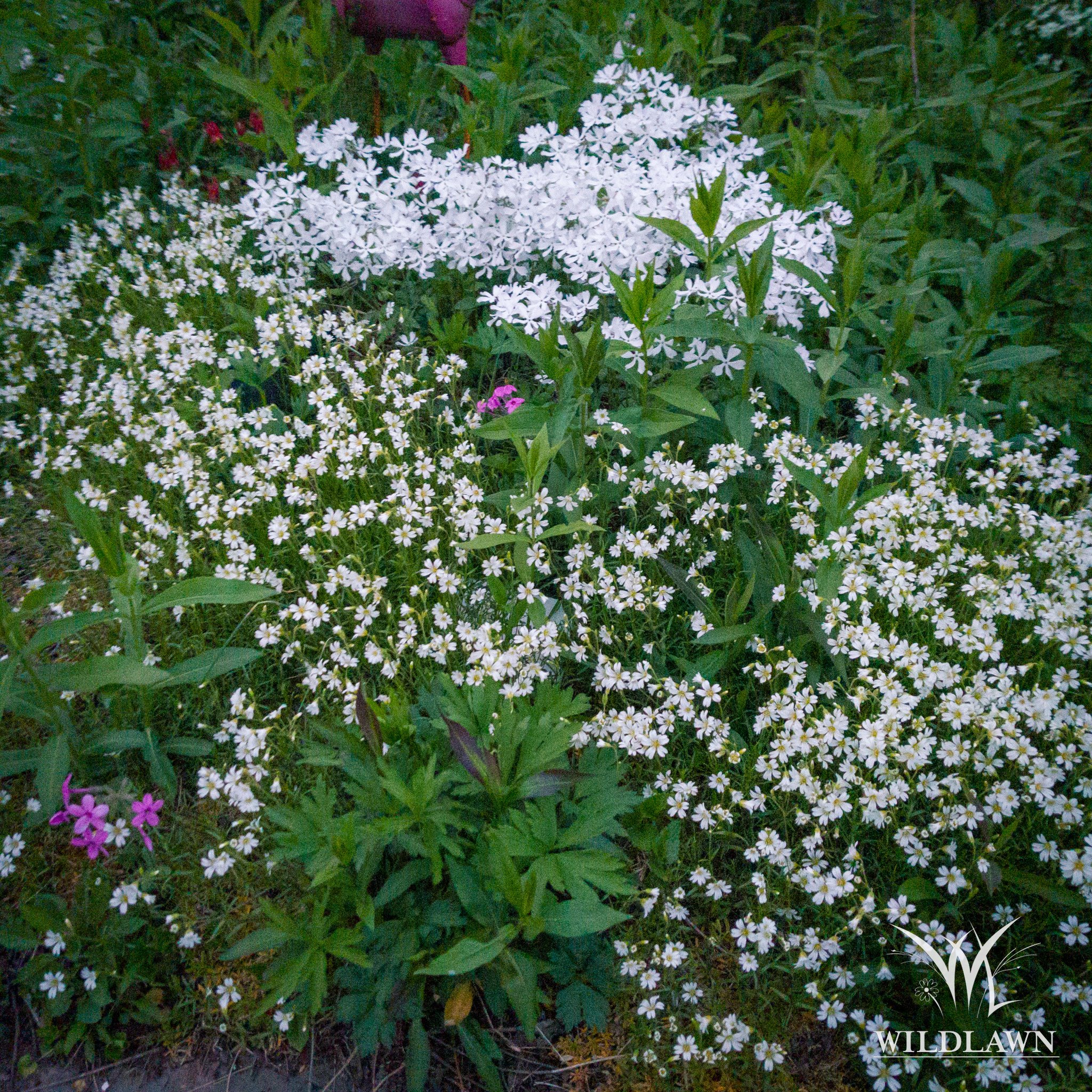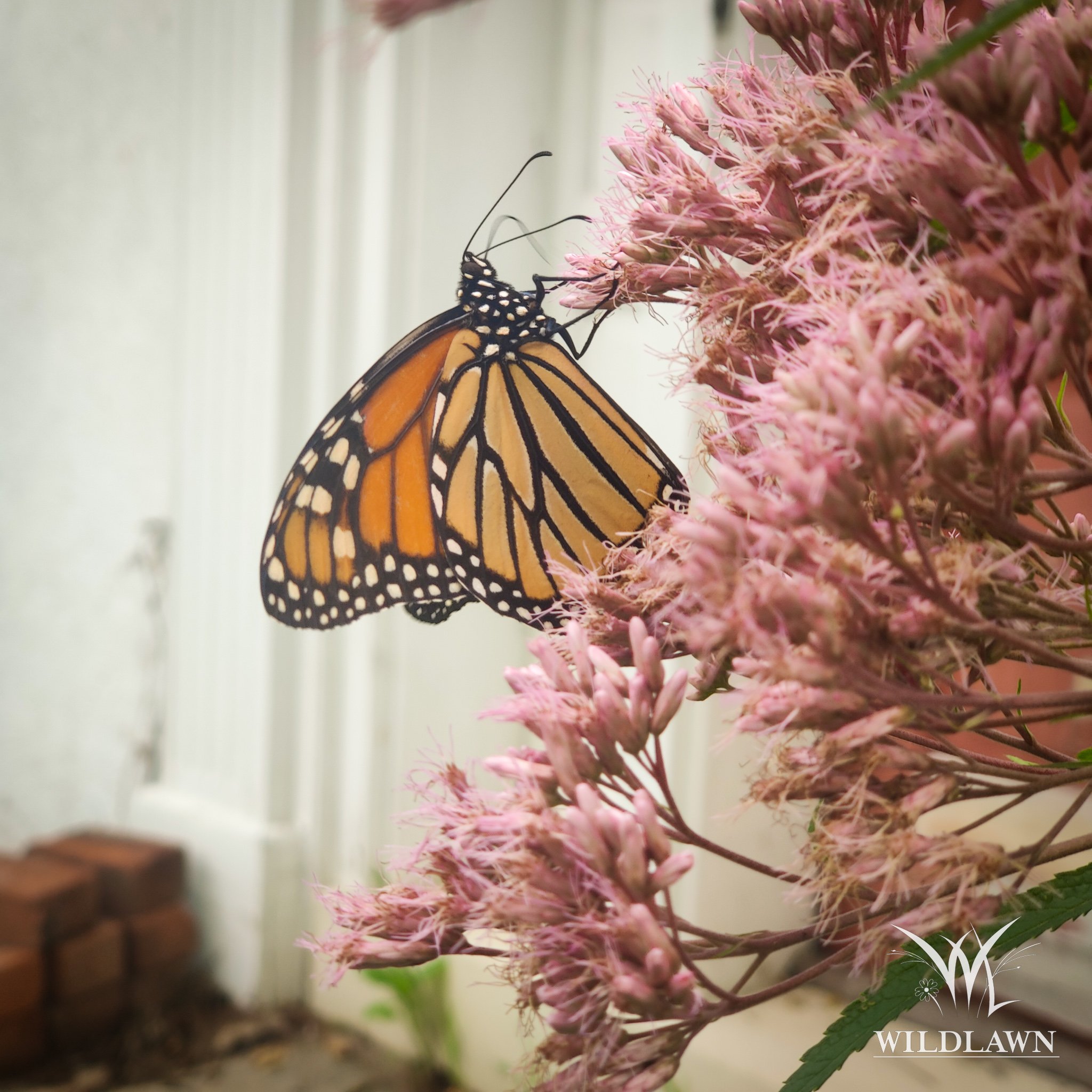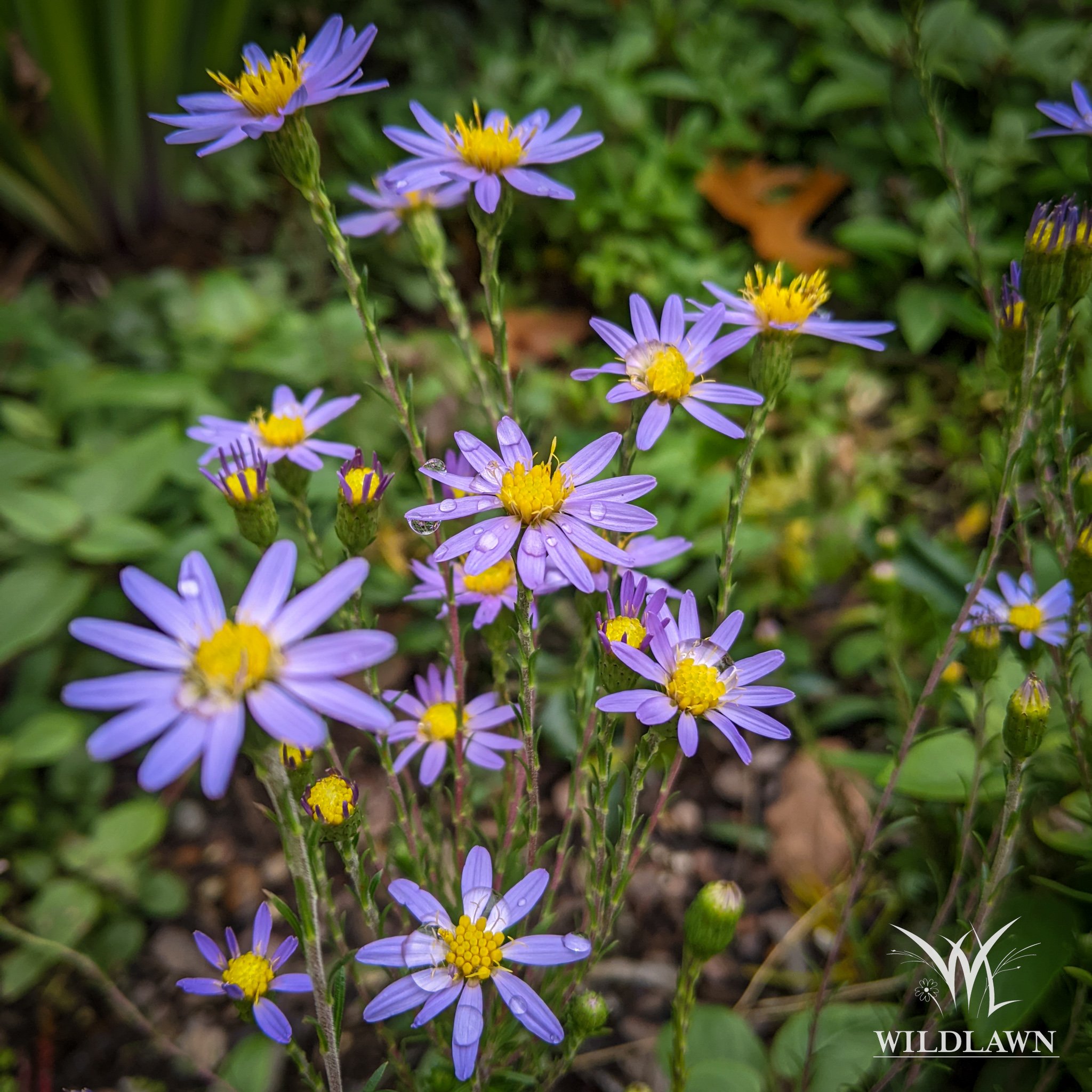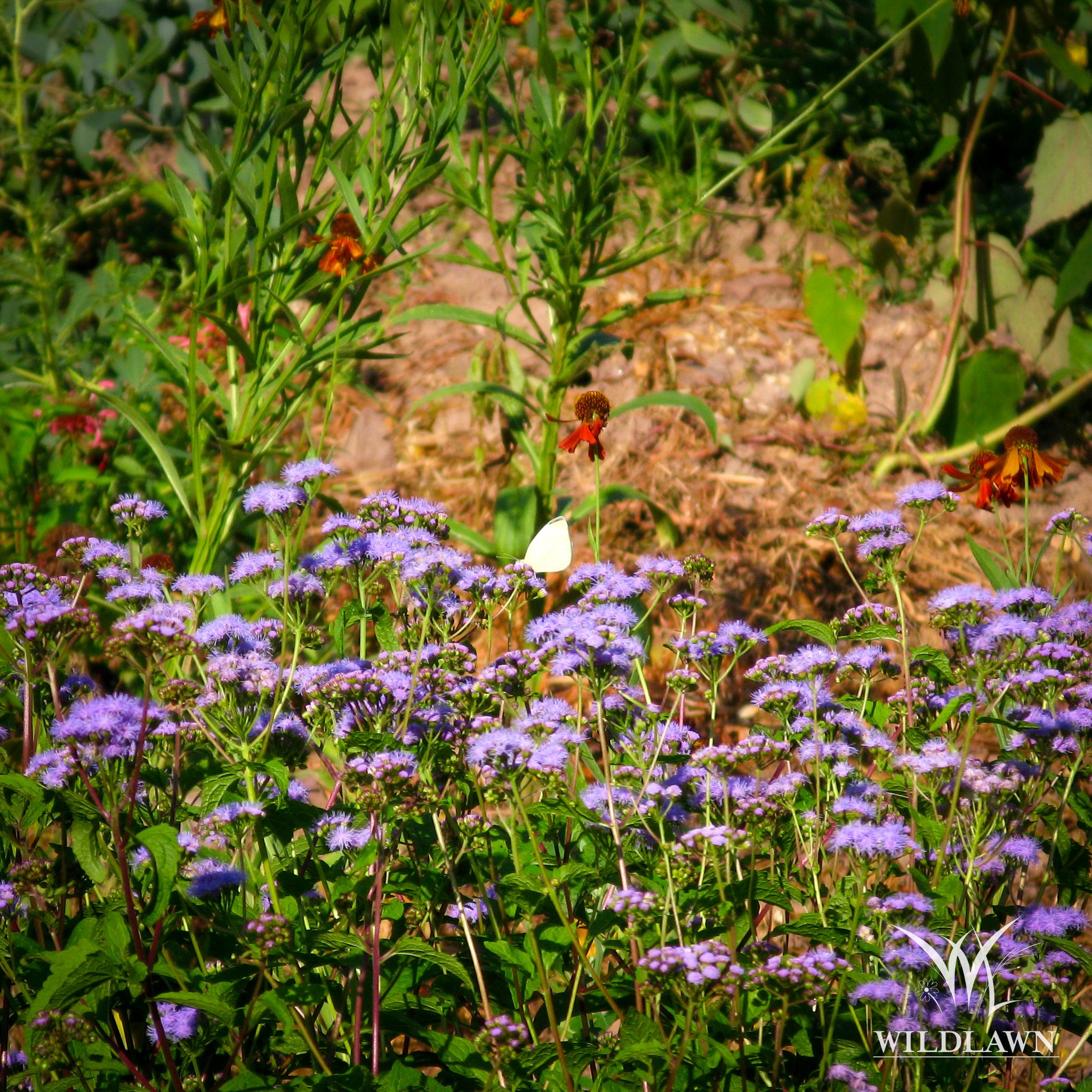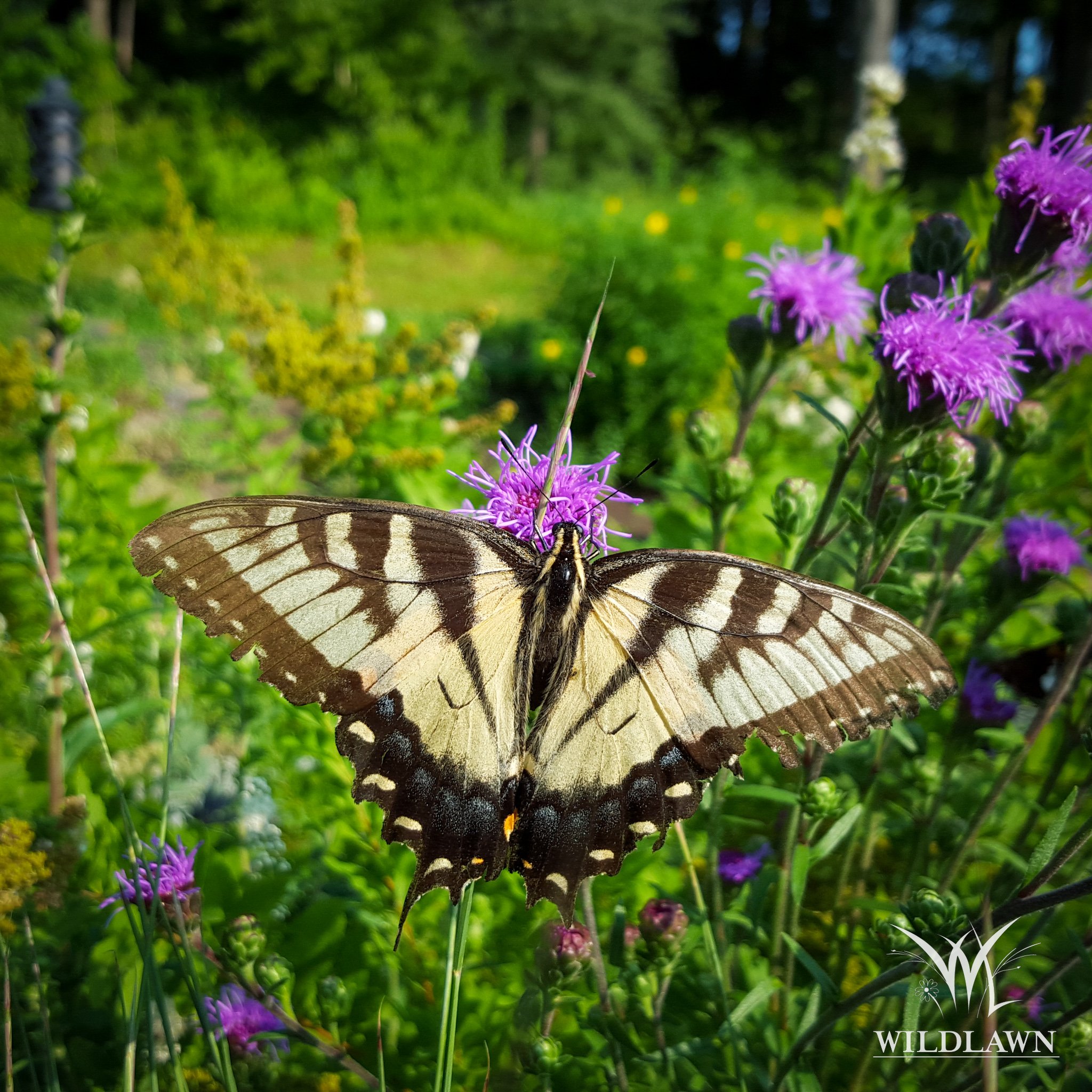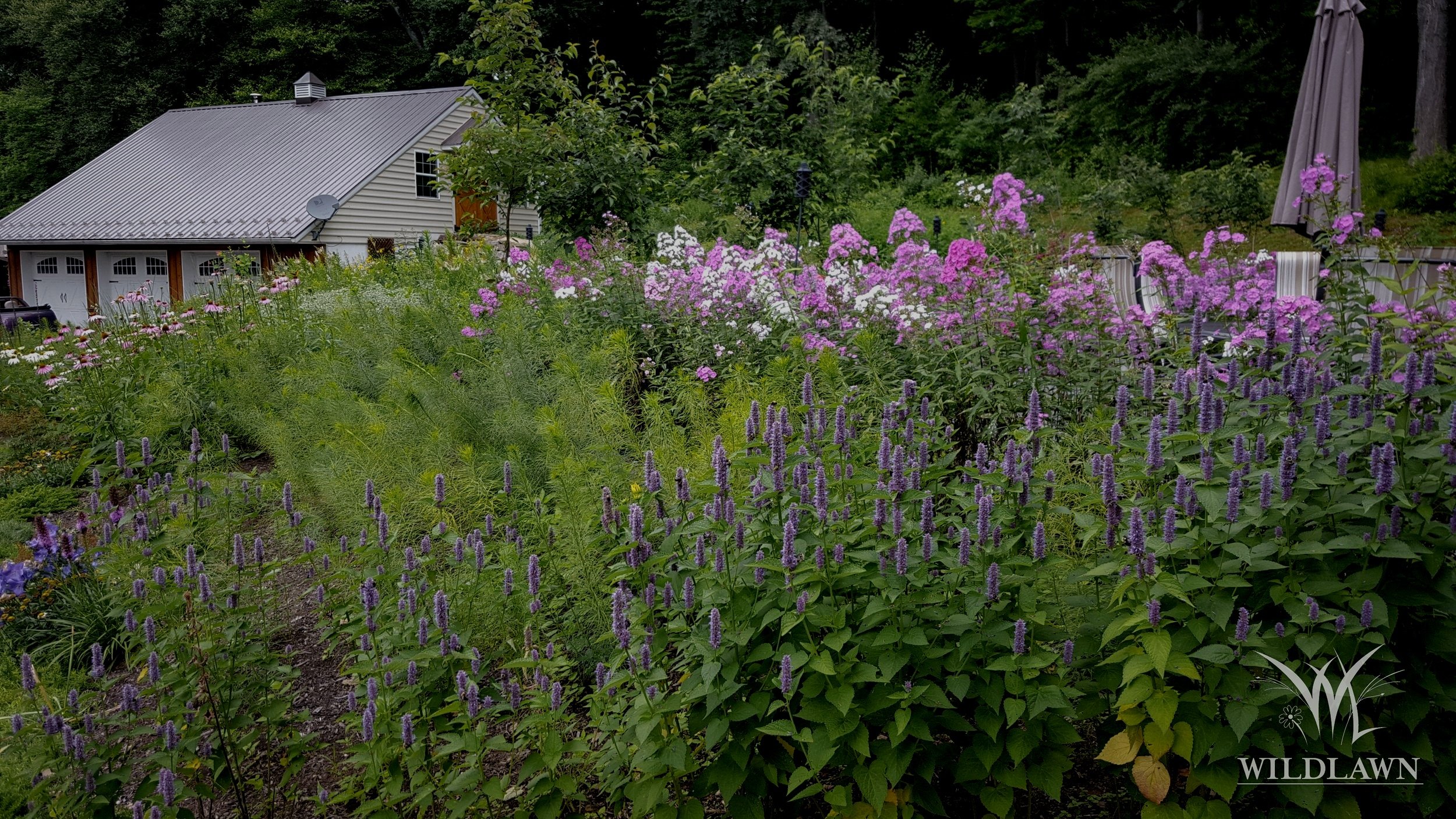
Pollinator habitat is for the Birds
Pollinator Habitat
Charismatic pollinators, like butterflies, feed on easy native plants such as Echinacea, Liatris, Asclepias, and Eutrochium species. It can be fun to pack an array of native pollinator plants into a small space to watch them come alive in warm weather.
But native bees, wasps, flies, and beetles need our help, too. Specialist pollinating insects require specific plants in sufficient quantities in the landscape for adequate lifecycle support. Our ecologists can help evaluate which specialist pollinators are in your area that might benefit from a boost, and how to build a specific habitat for them.
Butterflies and moths (Lepidoptera) are important not just because we like to see them but because of the role they play in feeding young birds. Although adult birds will take any insect they can grab to their young, the caterpillars of butterflies and moths are the major food source due to their ease of capture and general edibility.
So, while building pollinator habitat helps all types of bees, wasps, flies, and beetles, the big winners are the next generation of songbirds.
Use the chart above to choose woody species for building pollinator (i.e., bird food) habitat. Open, wetter areas can be suitable for willow, alder, and blueberries. For young forests, aspen, birch, and maples are excellent choices. For drier or older sites, stick with oaks, hickories, and black cherry.
Enjoy the following collection of pollinator plant and habitat pictures.










